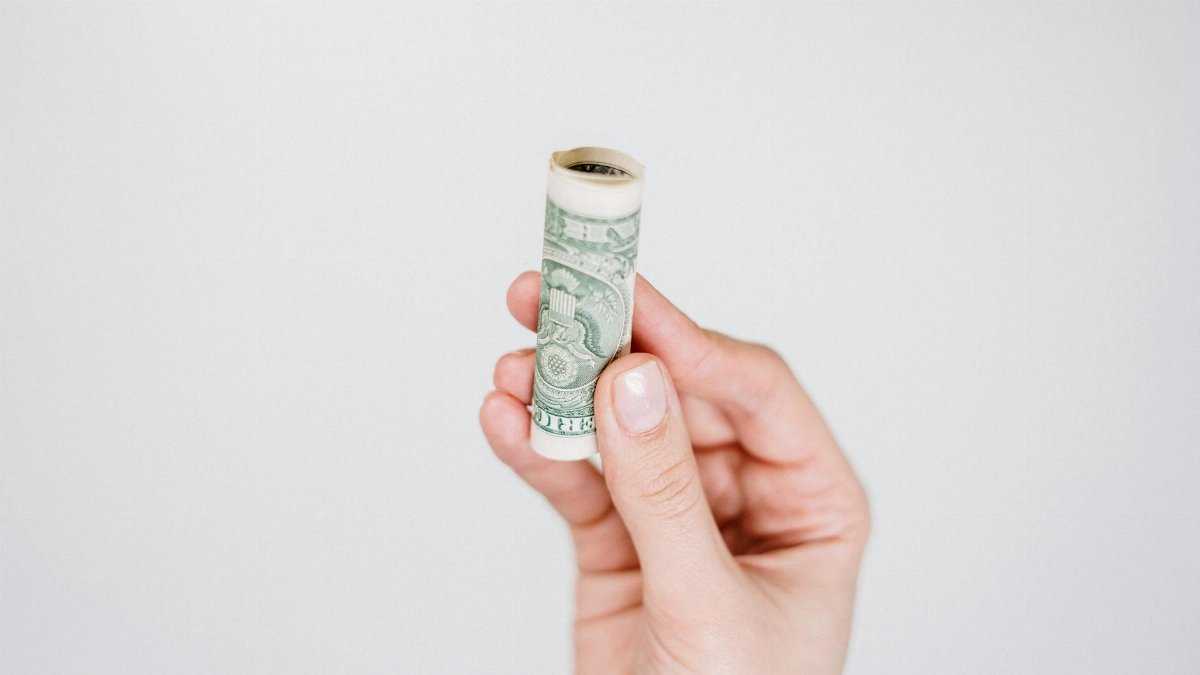Is finance nudges banking the secret to smarter money habits? As mobile banking apps explode in popularity, they’re increasingly using subtle behavioral-finance tricks to steer users toward better financial decisions. From savings prompts to spending alerts, these digital nudges are reshaping how Americans manage their cash. With over 80% of U.S. adults now banking via mobile apps, according to a 2023 survey, the impact is undeniable. But are these tools genuinely helpful, or just another tech gimmick? Here’s a breakdown of how this trend is playing out in 2025.
What Are Behavioral-Finance Nudges?

At their core, behavioral-finance nudges are small, intentional design features or prompts that encourage specific actions without restricting choice. In mobile banking, this might mean a pop-up suggesting you round up purchases to save spare change or a notification warning about overspending. These nudges lean on psychological principles—like loss aversion or habit formation—to influence behavior. Think of them as digital guardrails, guiding users toward financial health without heavy-handed rules.
Why Banks Are Betting on Nudges

Banks and fintechs see finance nudges banking as a win-win. For users, these tools promise better money management. For companies, they build loyalty and engagement. Apps like Chime or Ally use nudges to differentiate themselves in a crowded market, often touting features like automated savings or budget trackers. A 2023 study from the Pew Research Center noted that user retention spikes when apps offer personalized financial prompts, proving the business case.
Savings Made Simple

One of the most common nudges in mobile banking apps is the push to save. Features like “round-up” programs—where transactions are rounded to the nearest dollar and the difference is saved—make socking away cash feel effortless. Apps may also send reminders to transfer money to savings after a paycheck hits. These small prompts can add up, helping users build emergency funds without much thought, a critical need given stagnant wage growth in many U.S. sectors.
Spending Alerts That Sting

Ever get a notification that you’ve blown through your monthly budget? That’s finance nudges banking at work. Apps like Mint or Wells Fargo’s mobile platform ping users with real-time alerts about spending patterns, often with a tone of urgency. These warnings tap into the fear of financial missteps, nudging users to rethink impulse buys. While effective for some, others find the constant notifications intrusive, raising questions about balance in design.
Debt and Investment Prompts

Beyond spending and saving, nudges also target debt management and investing. Some apps remind users to pay more than the minimum on credit cards, highlighting interest savings. Others, like Robinhood, nudge users toward micro-investments with low entry points. A report from Federal Reserve studies shows that such prompts can increase engagement with long-term financial planning, though critics warn they may oversimplify complex decisions.
Do Nudges Actually Work?

The jury’s still out on the long-term impact of finance nudges banking. Early data suggests promise—users of apps with savings nudges often report higher savings rates within six months. But behavioral change is tricky. Some experts argue that nudges can backfire if they feel manipulative or if users ignore them over time. Without deeper financial education, these tools risk being a Band-Aid on bigger systemic issues like income inequality.
Privacy and Ethical Concerns

With great data comes great responsibility. Mobile banking apps rely on personal financial info to tailor nudges, sparking privacy worries. Are banks overstepping by analyzing every transaction to “help” you? Ethical debates also swirl around whether nudges exploit psychological biases for profit rather than pure benefit. As these tools evolve in 2025, regulators may step in to set boundaries on how much influence apps can wield.
The Road Ahead for Digital Nudges

As mobile banking grows, so will the sophistication of behavioral-finance nudges. Expect AI-driven personalization to take center stage, with apps predicting needs before users even act. But the challenge remains: striking a balance between helpful guidance and overreach. For now, finance nudges banking is a powerful tool in the fintech arsenal, nudging millions of Americans toward—hopefully—better financial futures. The question is whether the tech will mature as fast as its adoption.

With a career spanning investment banking to private equity, Dominik brings a rare perspective on wealth. He explores how money can be a tool for personal freedom and positive impact, offering strategies for abundance that align with your values.
Disclaimer
The content on this post is for informational purposes only. It is not intended as a substitute for professional health or financial advice. Always seek the guidance of a qualified professional with any questions you may have regarding your health or finances. All information is provided by FulfilledHumans.com (a brand of EgoEase LLC) and is not guaranteed to be complete, accurate, or reliable.
